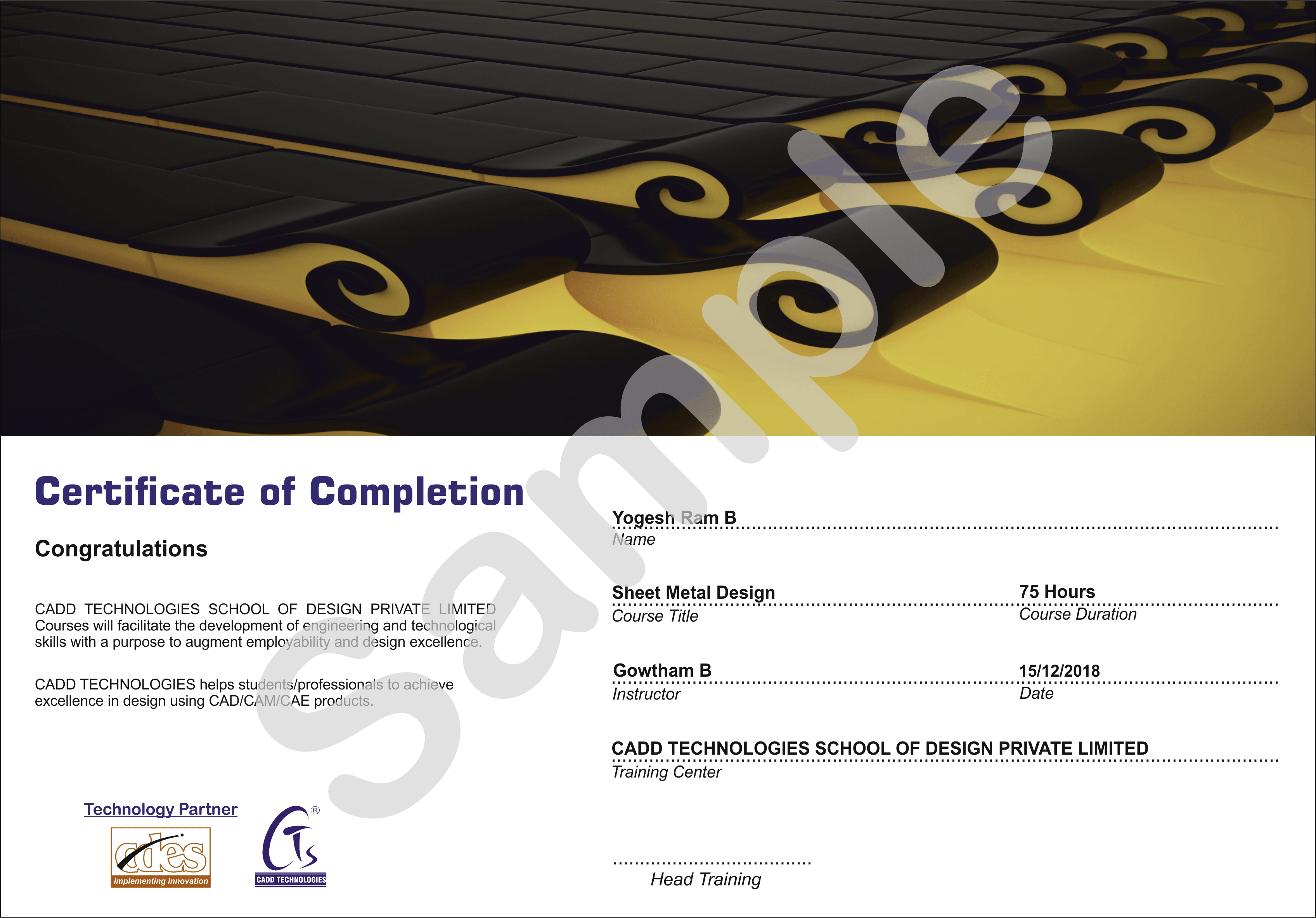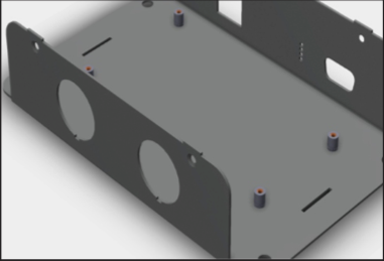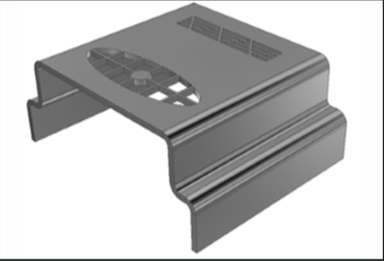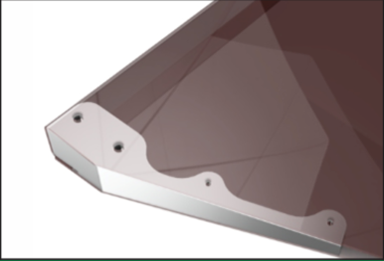


Modern continuous rolling mills produce large quantities of thin sheet metal at low cost. A substantial fraction of all metals are produced as thin hot-rolled strip or cold-rolled sheet; this is then formed in secondary processes into automobiles, domestic appliances, building products, aircraft, food and drink cans and a host of other familiar products.
Sheet metals parts have the advantage that the material has a high elastic modulus and high yield strength so that the parts produced can be stiff and have a good strength-to-weight ratio. A large number of techniques are used to make sheet metal parts.
This book is concerned mainly with the basic metal farming process that underlie all of these methods, rather than with a detailed description of the overall processes, but it is useful at this stage to review briefly the most common sheet forming techniques.
75 Hours
 Introduction to sheet metal
Introduction to sheet metal
 Application of sheet metal
Application of sheet metal
 Material properties
Material properties
 Types of gauges
Types of gauges
 Tolerances
Tolerances
 Types of sheet metal process
Types of sheet metal process
 Bending Calculations
Bending Calculations
 Bending operations
Bending operations
 Cutting operations
Cutting operations
 Sheet metal drawing with calculations
Sheet metal drawing with calculations
 Rules on sheet metal manufacturing process
Rules on sheet metal manufacturing process
 Design with any modeling software
Design with any modeling software

Certified instructors

Industry centric curriculum

Students will be offered with work book

Industrial based training

Industrial Certification

Opportunity for internship / placement assistance




Door No. 700/140, First Street Extension, Dr Rajendra Prasad Rd, Gandhipuram, Tamil Nadu 641012